
AI for Real Estate Market - Can It Boost Sales?
...
Ideal Estate Plan in the USA – Discover how artificial intelligence (AI) and real estate developers predict the development of future housing estates. Modern AI technologies, urban trends, real estate innovations, and the future of architecture in the USA.
If you're a real estate developer, you're probably interested in the trends and needs that will shape ideal housing estates in the USA from 2025 to 2035.
I have good news for you—the future looks promising, but it's also full of challenges. Today, using available data, research, and reports, we'll discuss with the help of artificial intelligence what residential estates for people aged 20-40 might look like. This generation has very specific expectations for the space they live in.
Everything points to a new standard for housing estates in the coming years—more sustainable, technologically advanced, and community-friendly.
The article is based on data from sources:
Urban Land Institute (ULI), National Association of Realtors (NAR), U.S. Green Building Council (USGBC), Pew Research Center, reports and publications on sustainability and urban planning, statistical data and demographic forecasts from the U.S. Census Bureau, publications on the real estate market and housing economics, public health and wellness organizations.
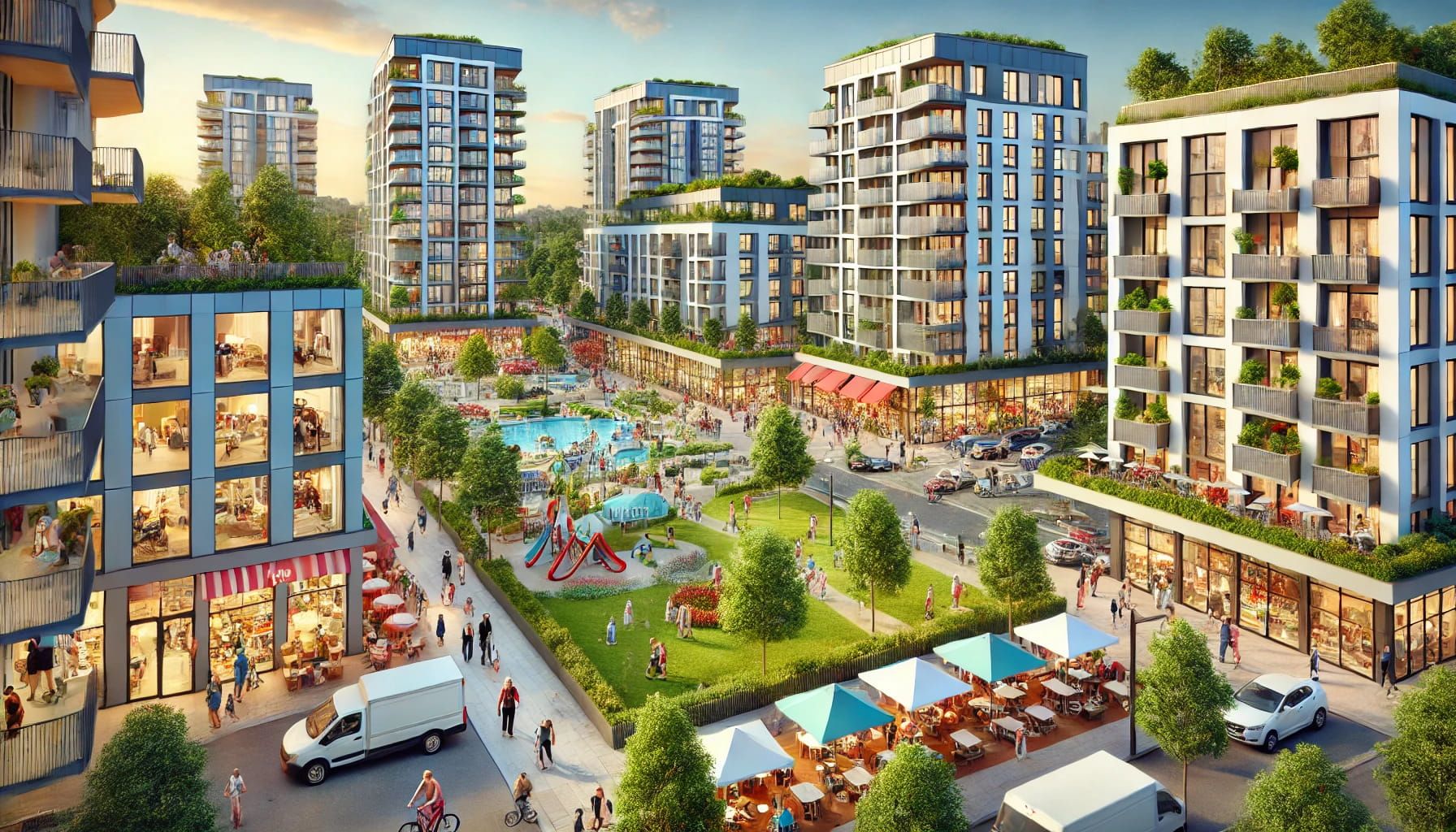
The first point to note is the growing popularity of mixed-use developments.
What does this mean?
These are spaces that combine residential, commercial, and recreational functions in one place. Housing estates that have shops, restaurants, workplaces, and recreational facilities within walking distance will be preferred by the younger generation.
According to the Urban Land Institute report, such solutions foster stronger communities and also reduce the need for cars. People want everything at hand—this is not just about convenience but also a way to reduce commuting time.
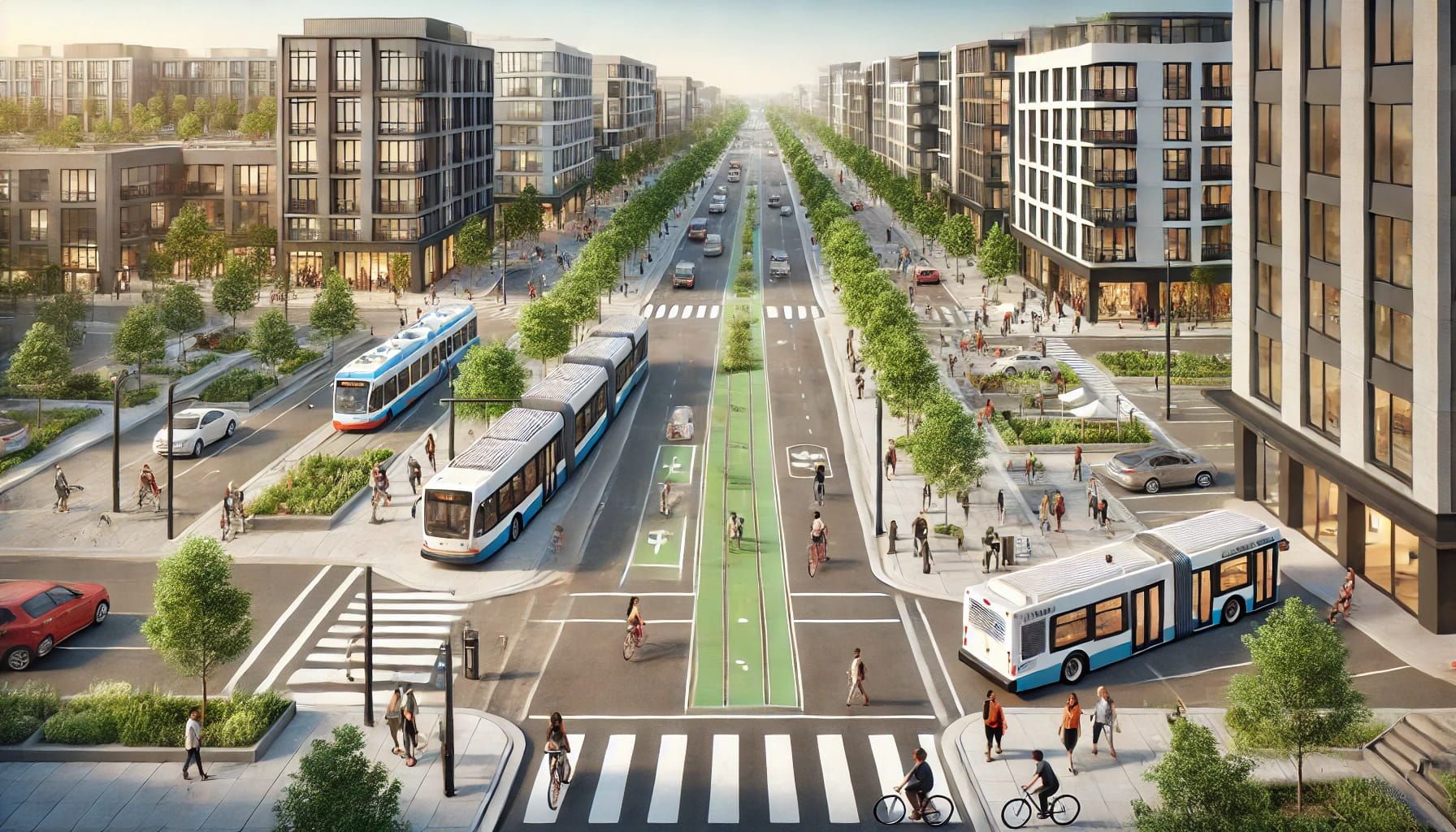
Transportation access and ease of walking (so-called "walkability") is the second key trend.
A 2022 study by the National Association of Realtors showed that younger generations value shorter commutes and the ability to move around their neighborhood without needing a car.
What does this mean for developers?
These factors will become essential to attract residents from younger generations.
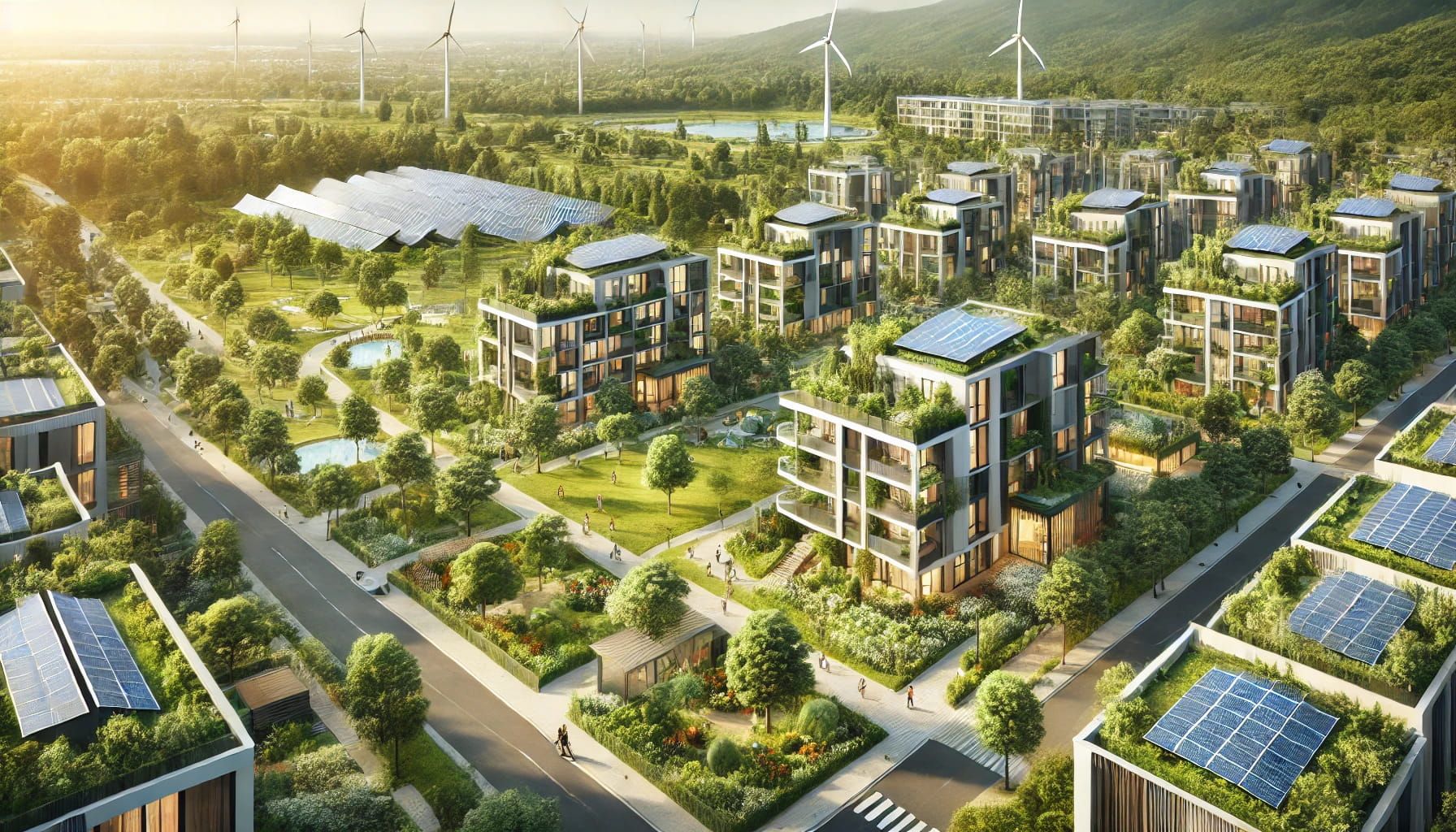
Sustainability already plays a big role but will become one of the most important aspects of the ideal housing estate in the coming years.
People aged 20-40 are very environmentally conscious and expect their living spaces to be eco-friendly.
What does this mean?
The U.S. Green Building Council emphasizes that more developers are pursuing LEED certifications, which guarantee eco-friendly solutions. This is something to keep in mind when designing future property investments.

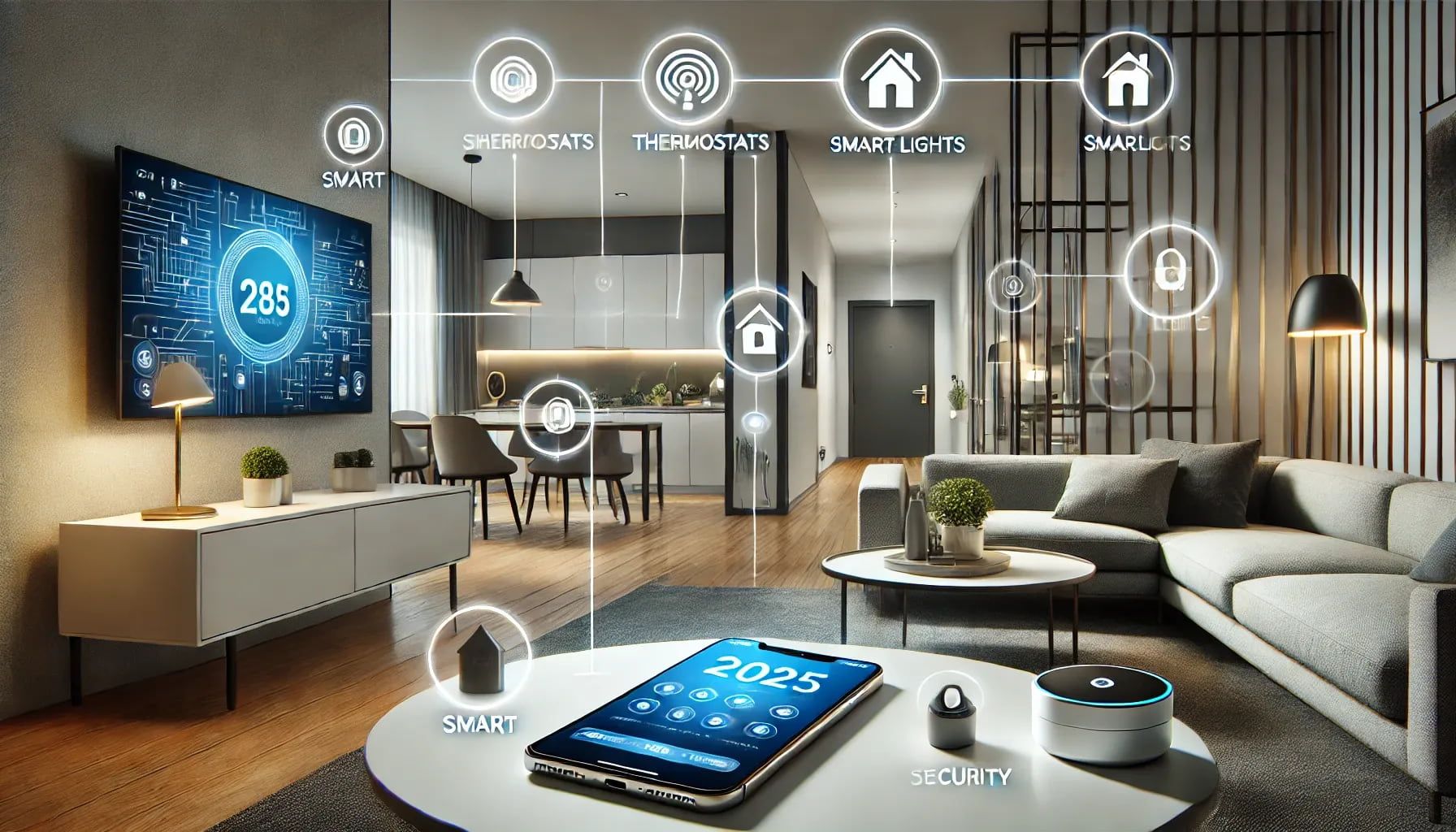
There is no doubt that smart home technologies will become standard in every modern housing estate.
Research from Pew Research Center shows that younger generations expect modern technological solutions such as:
This is no longer an add-on—it’s a necessity to attract future residents.
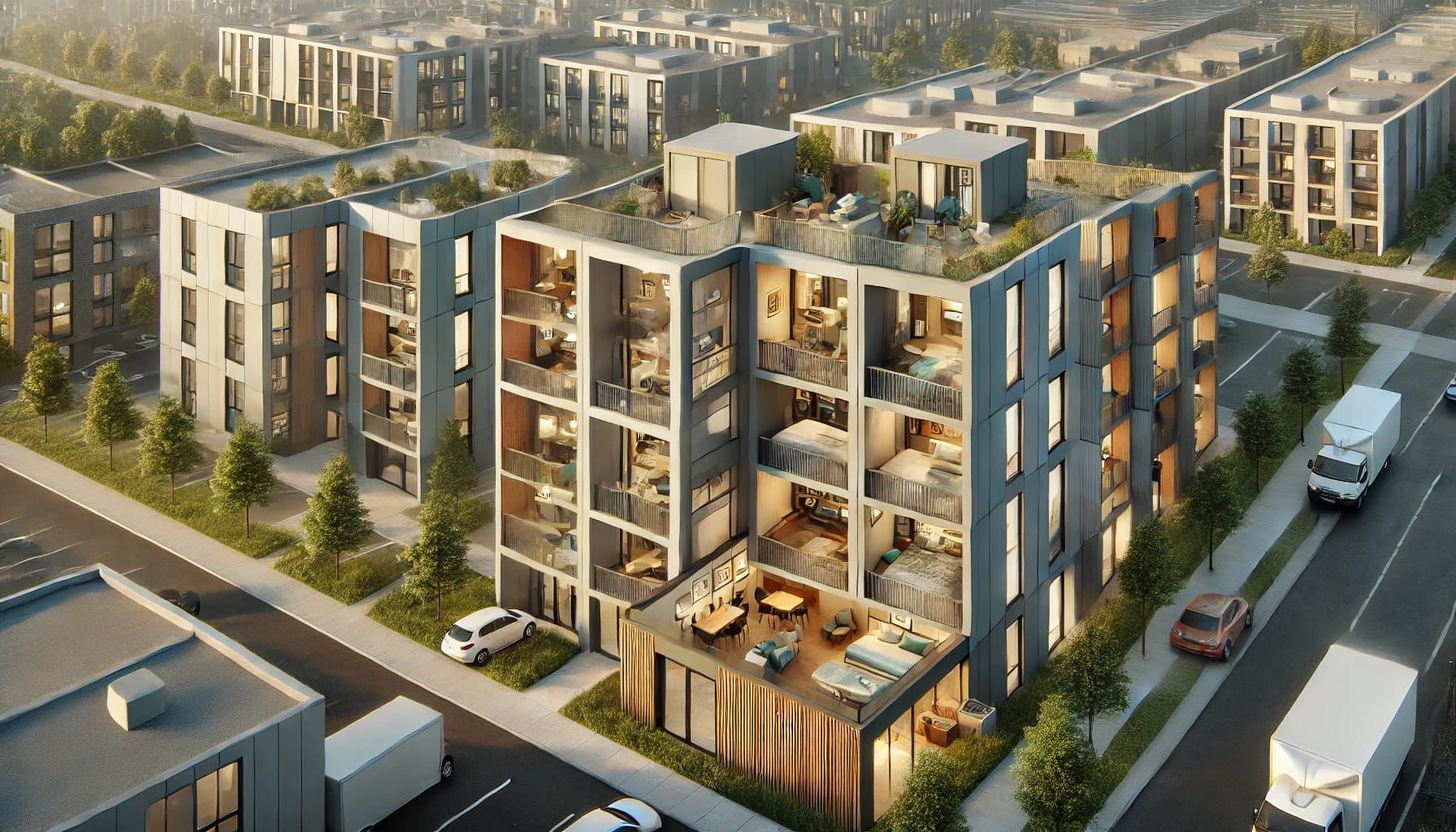
High real estate costs in large cities mean young adults are looking for alternative solutions.
We see growing interest in:
Developers need to pay attention to affordable housing support programs. This is a key element that can attract people who might not otherwise afford to purchase their own property.
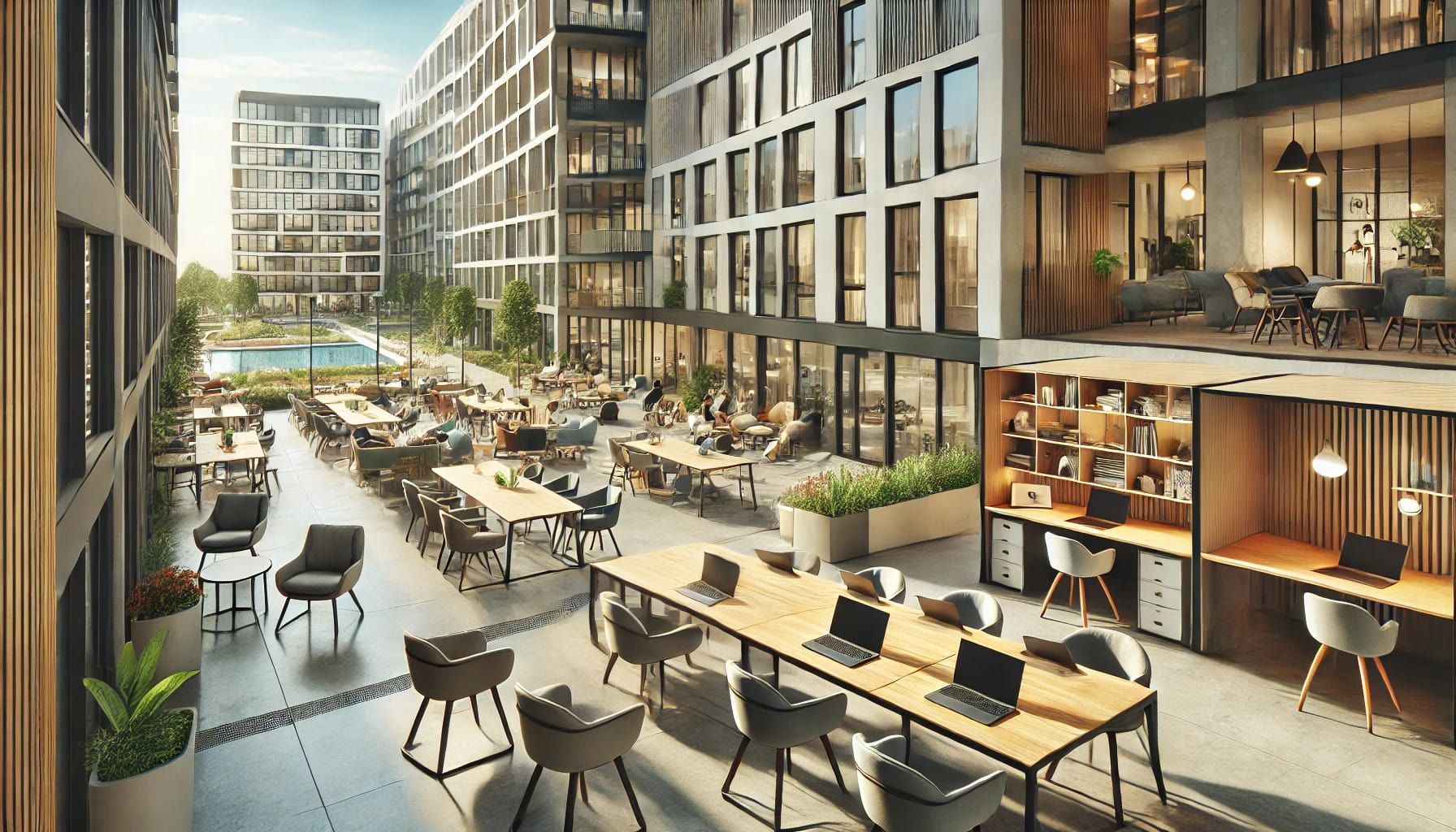
Remote work is something that has already become ingrained in the work culture. Housing estates offering flexible coworking spaces and learning areas will have an advantage.
Estates that understand younger generations need places to work close to home will gain importance.
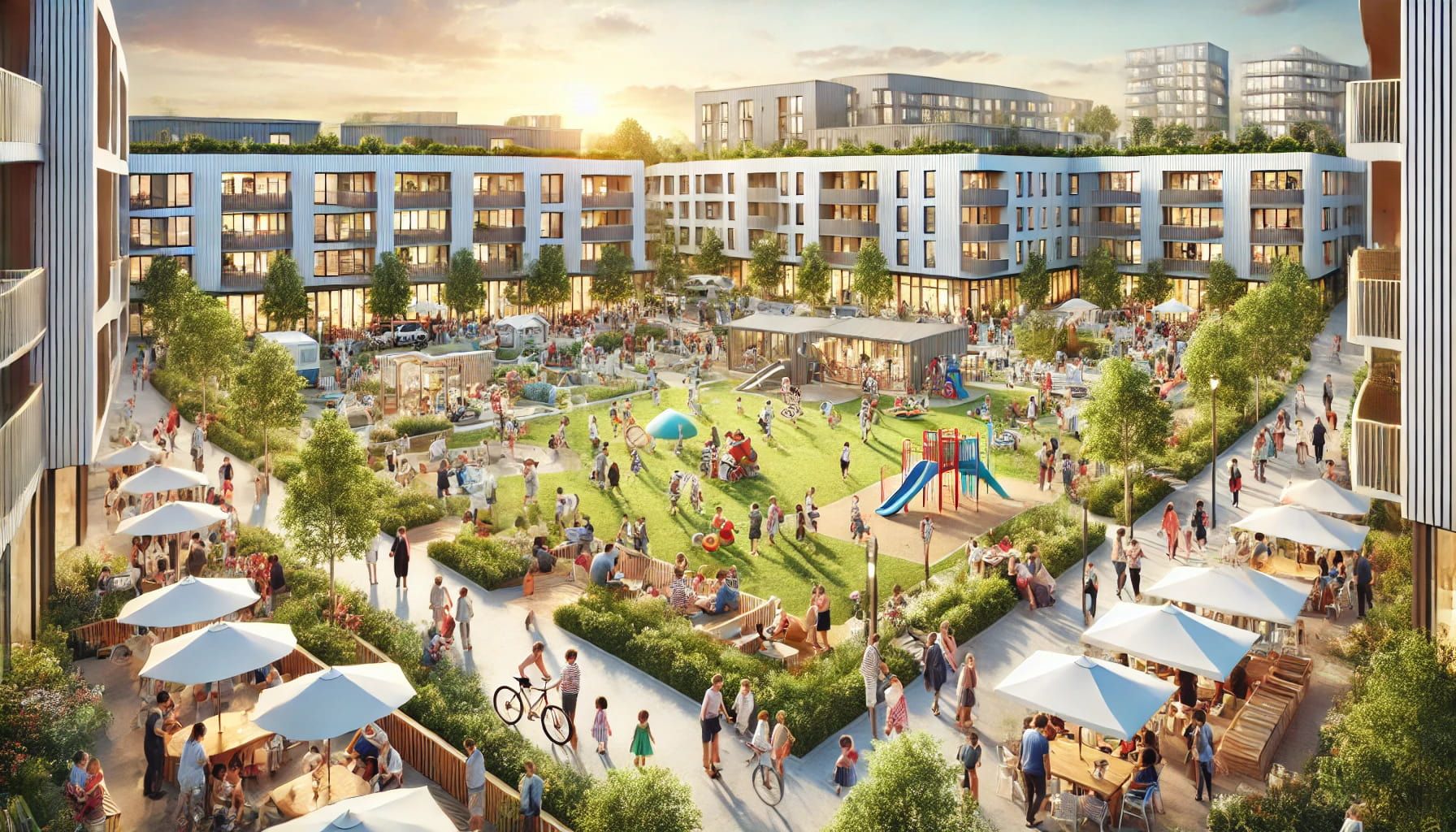
Ideal estates in the future will foster integration and community building. People do not want to live in isolation.
What elements make this possible?
This is not only a way to attract residents but also to build loyalty and create places where people truly want to live.
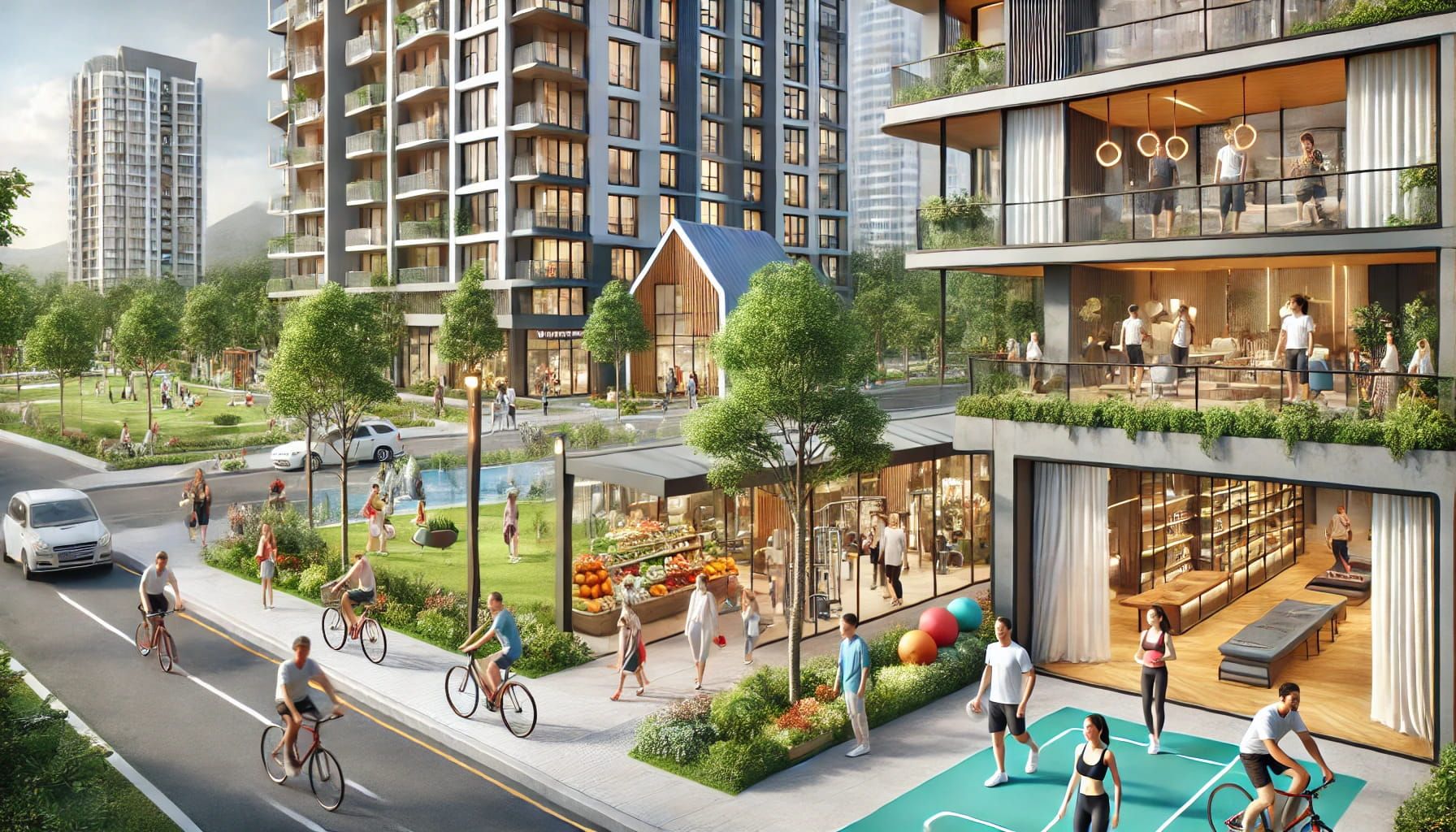
Access to gyms, bike paths, medical centers, and health food stores is something younger generations will be looking for in their housing estates.
A healthy lifestyle is in high demand, and developers who understand this need can gain an advantage in the market.
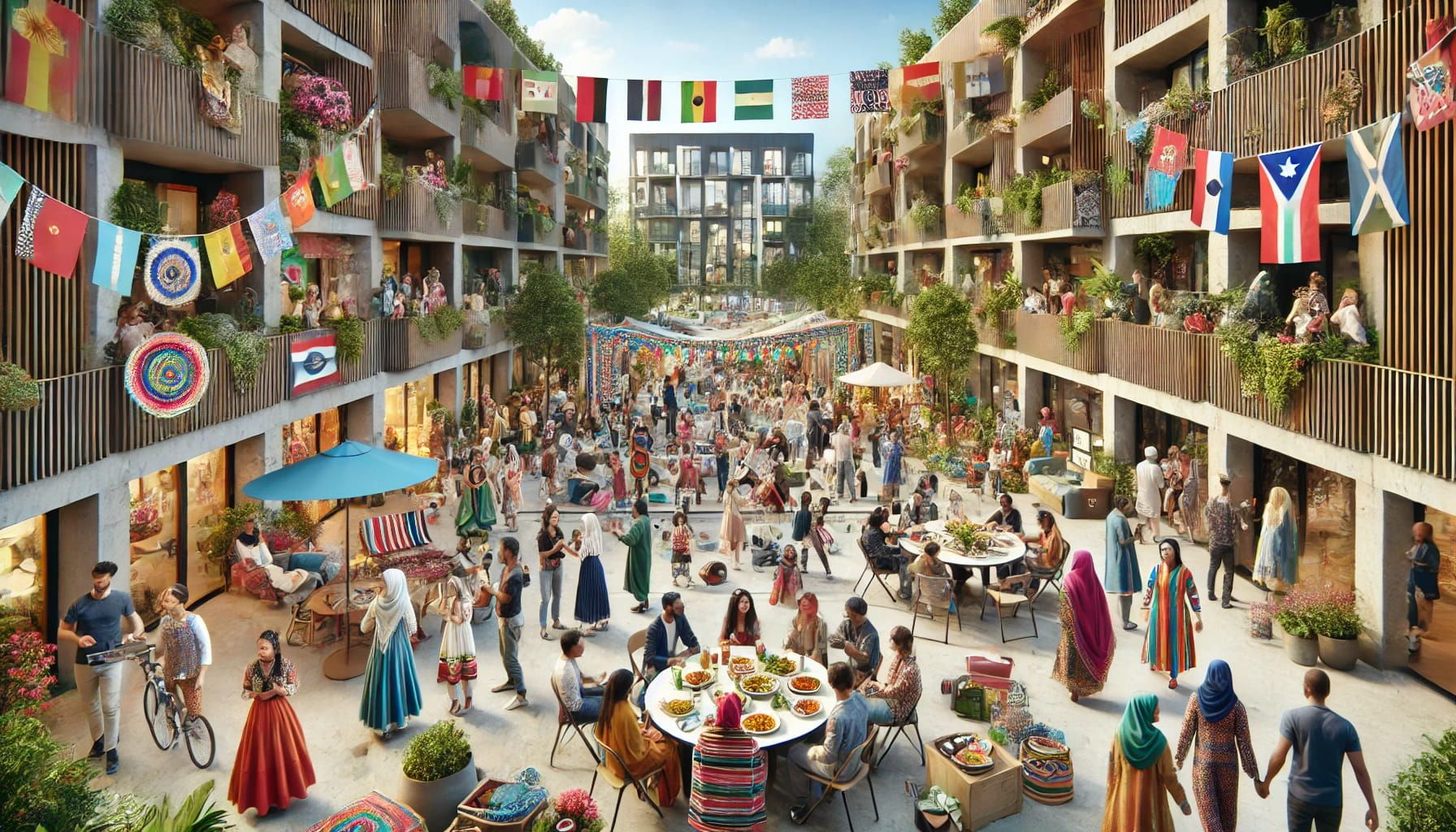
Communities promoting diversity and inclusivity will have an advantage.
Younger generations value diversity in cultures, lifestyles, and values. Estates that consider this will be more attractive to a wide spectrum of residents.
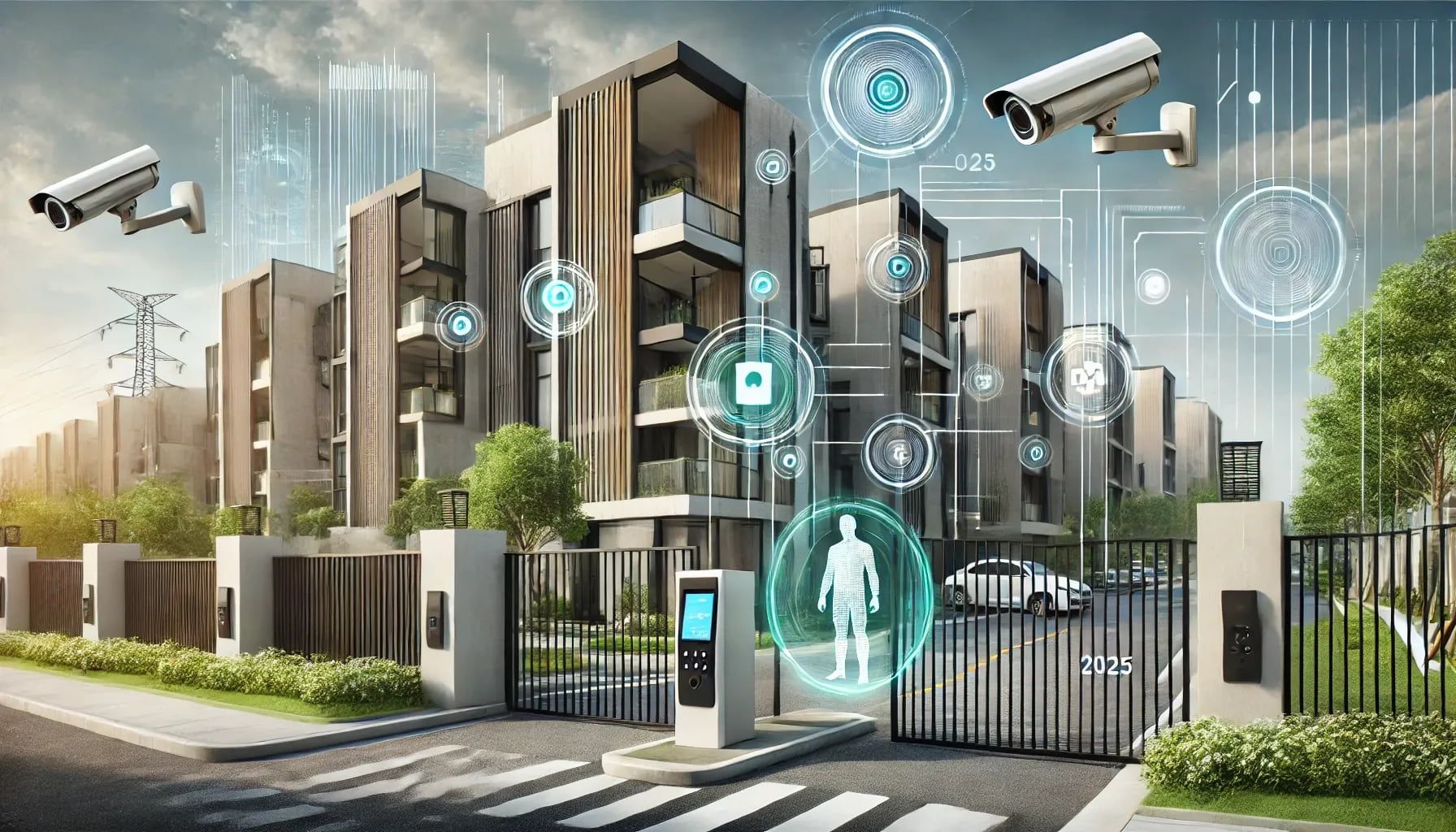
Safety is crucial. Modern housing estates will need to offer advanced security technologies and design spaces to minimize crime risk.
Ideal housing estates for people aged 20-40 in the USA from 2025 to 2035 will combine the latest technologies, sustainability, and a focus on building strong communities. Innovation promoting convenience, ecology, and integration will be key, responding to the needs and values of the younger generation.
This is an opportunity for developers who understand these trends and can adapt their projects to the changing market.
Book a free consultation.
Sign up now for our free RendProletter and receive 1 email every week with a short summary of the best posts from our blog and emails with unique offers you won't find anywhere else!